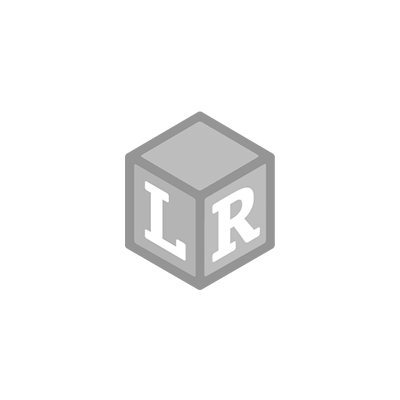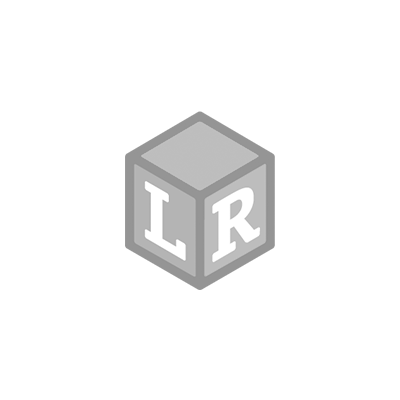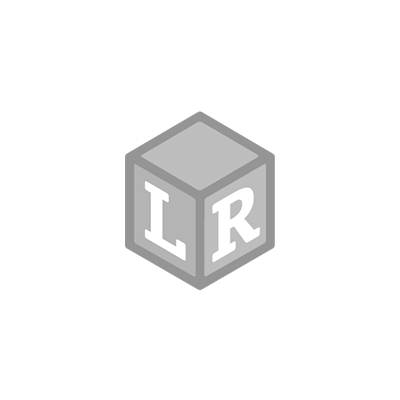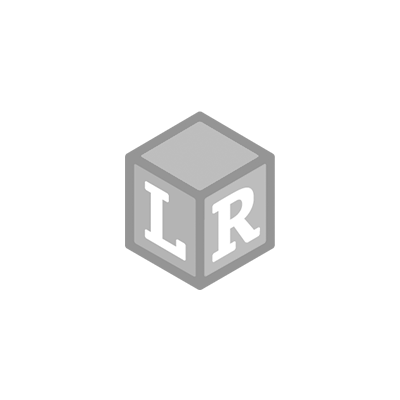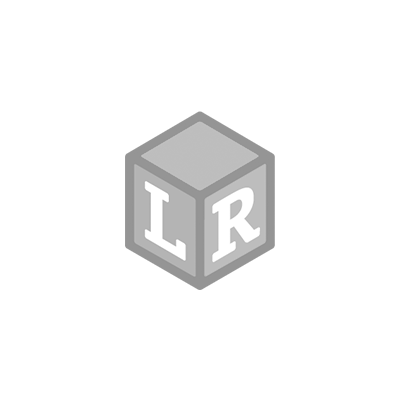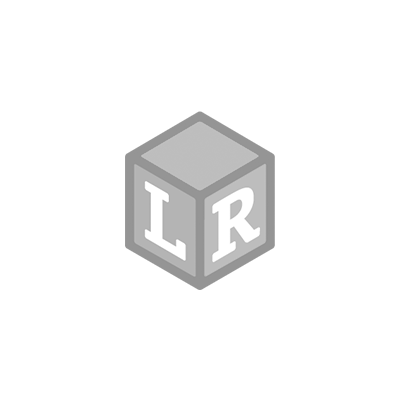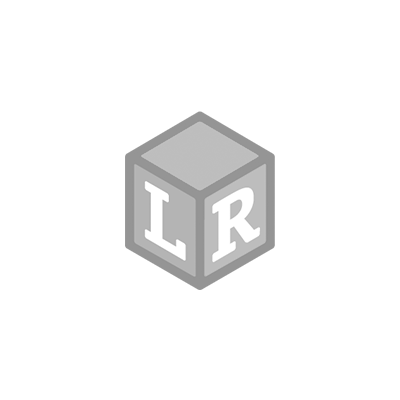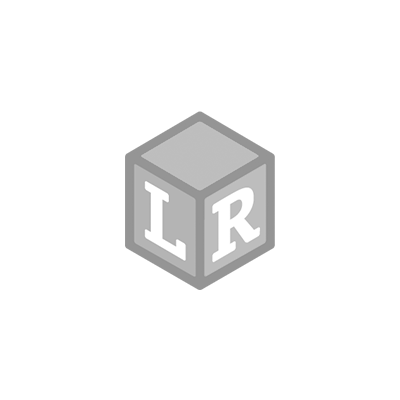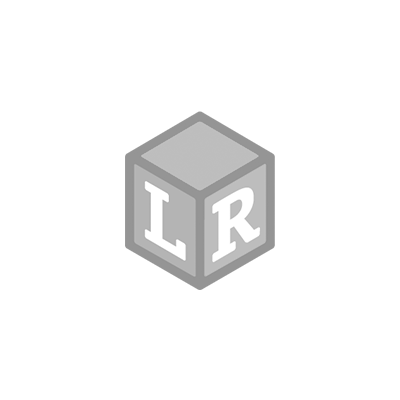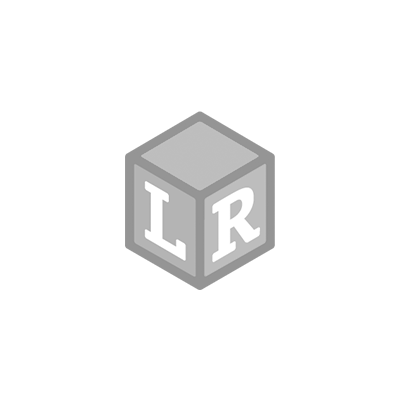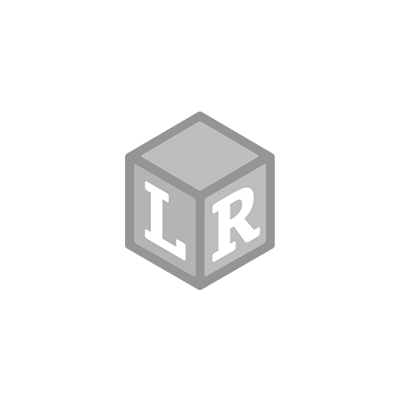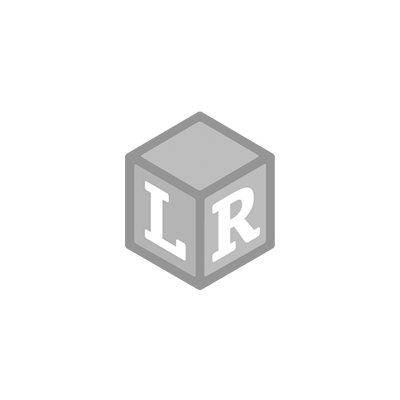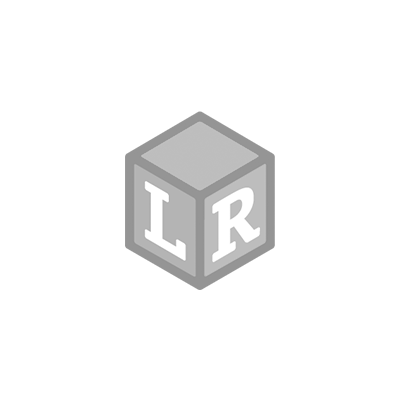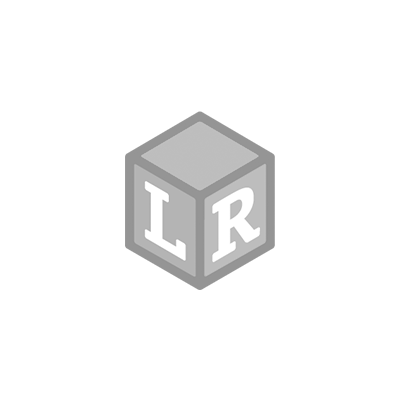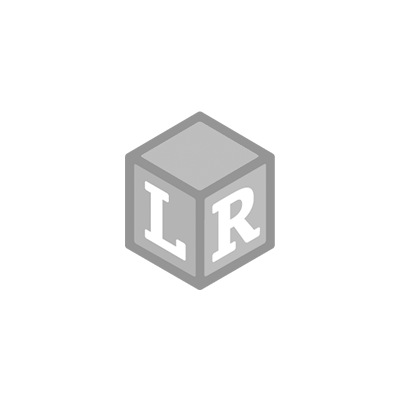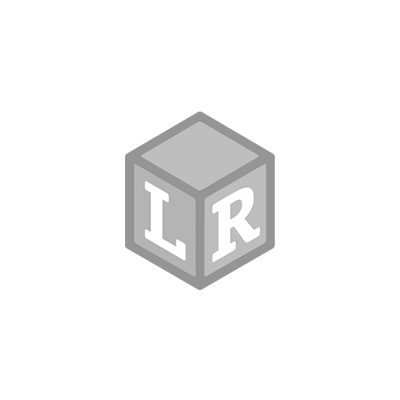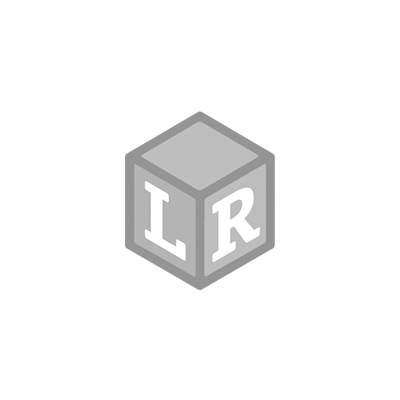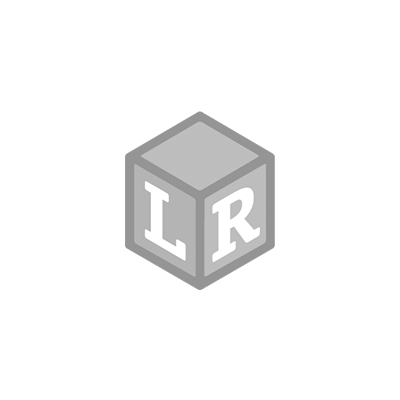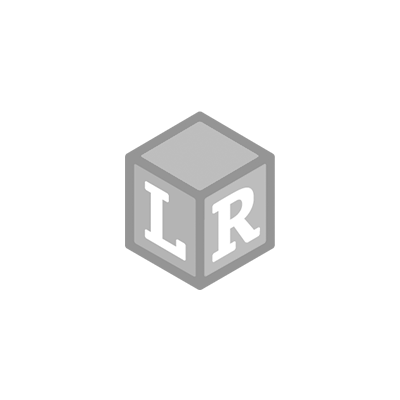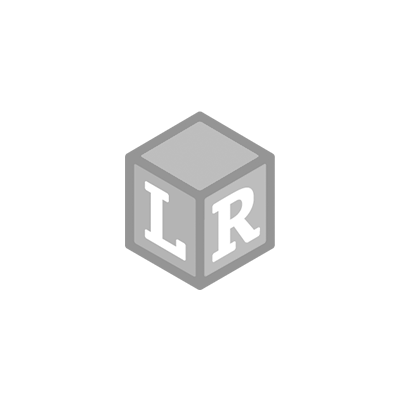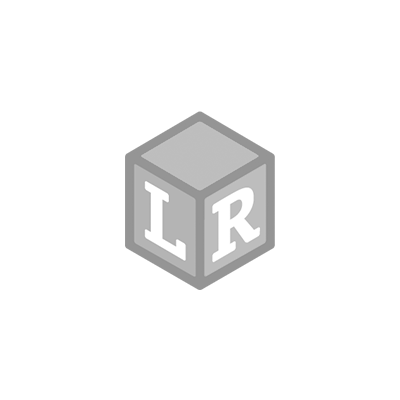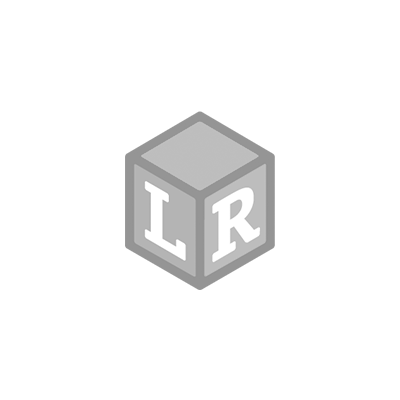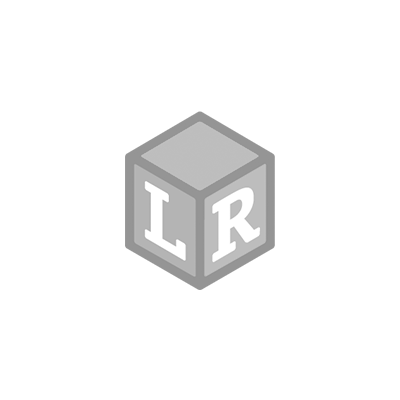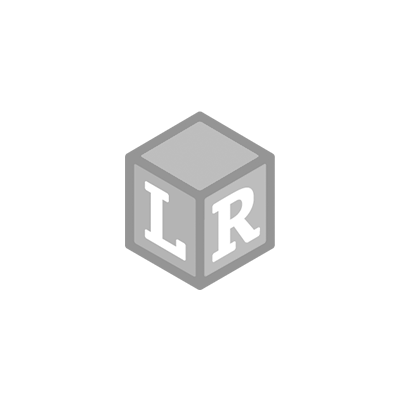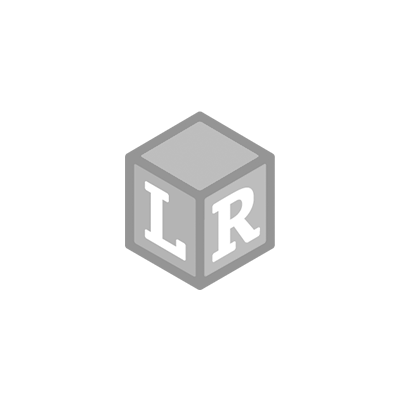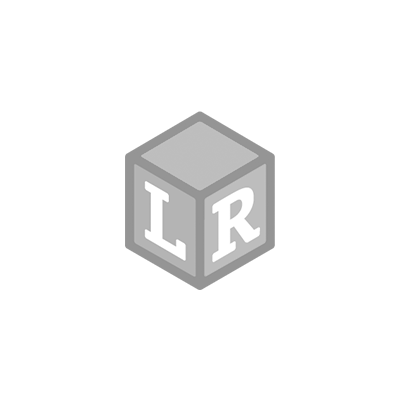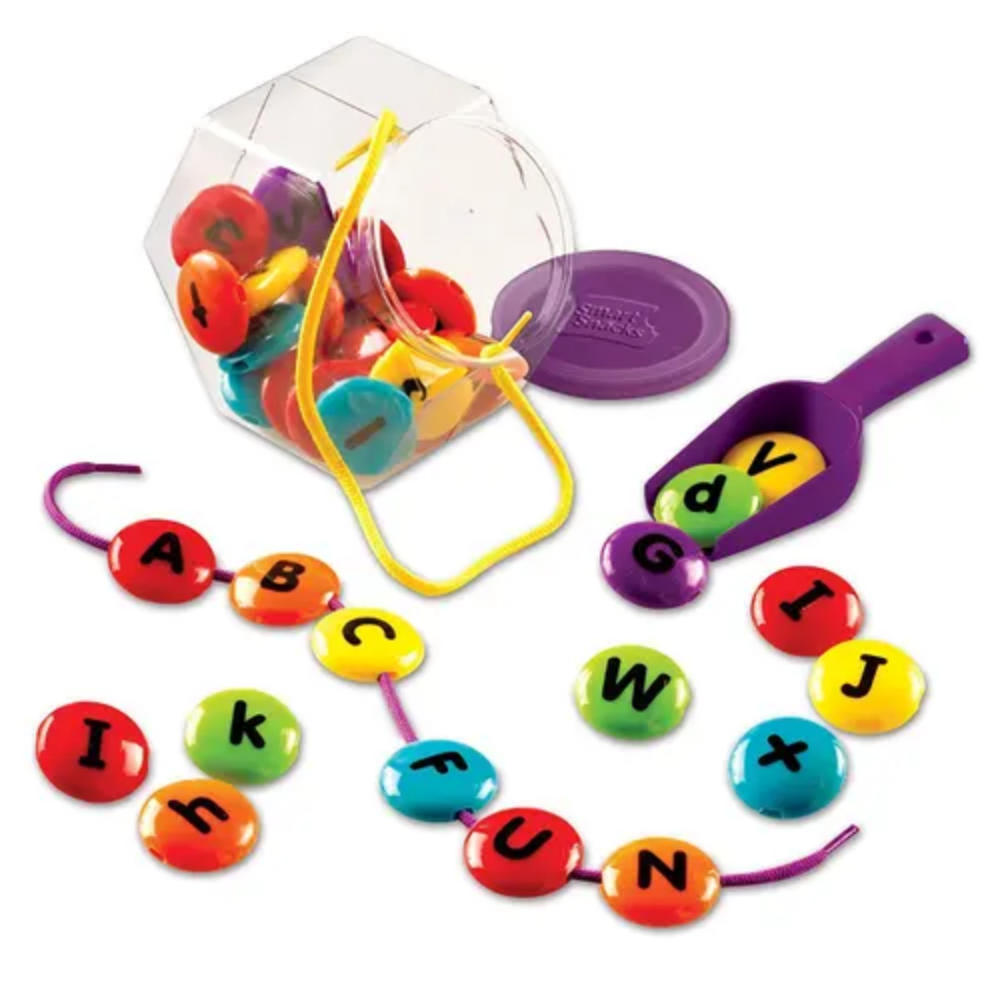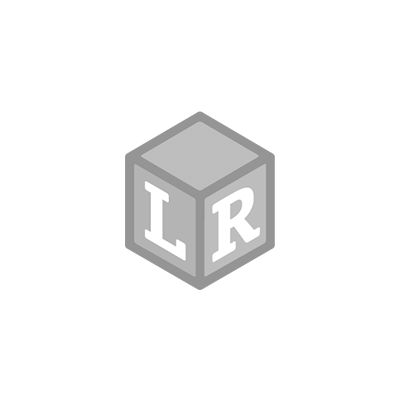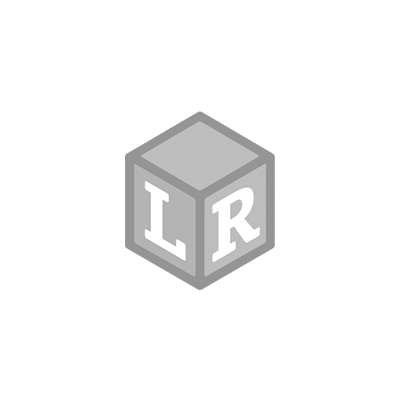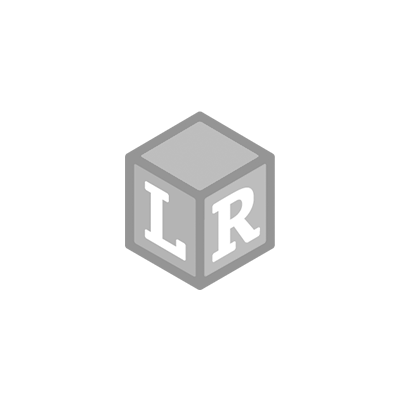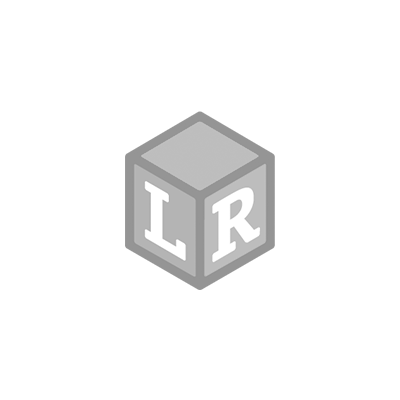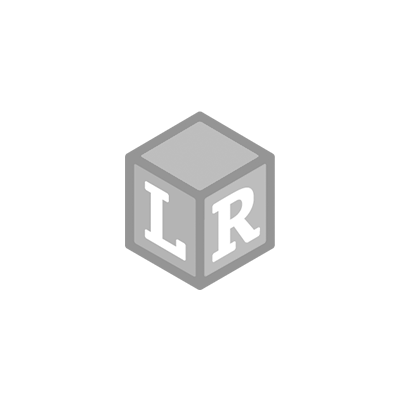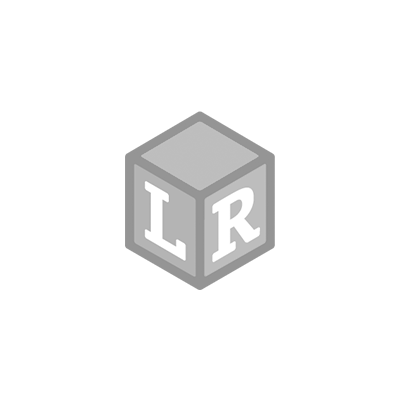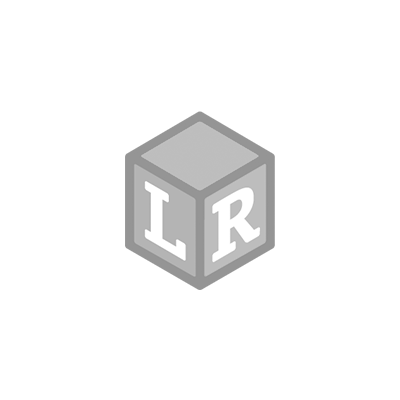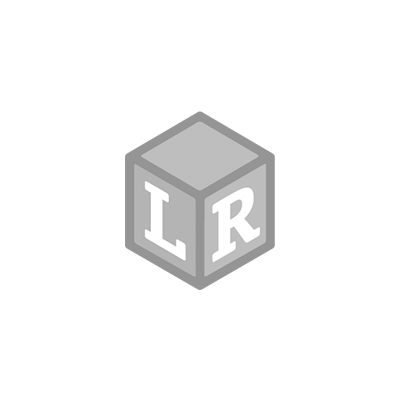
Building Someone Amazing Series - Positively Powerful Preschool
- Gabrielle Fischer Posted On Oct 6, 2020 | Social-Emotional Learning
You already love to play with your 3- to 5-year-olds. Now, turn those play times into rich learning experiences. It’s easier than you think and lots of fun. In fact, your child won’t even know how much they’re learning!
- Reading
You’re likely already doing this in your home! Incorporating reading in your day-to-day routine benefits a child through repetitive practice. Reading together and discussing what you have read is a great way to interact with your child and practice language acquisition and literary skills.
- Writing
When was the last time your child picked up a pencil? Refining those fine motor skills are a good idea before heading back to the classroom.
- Encourage your child to copy something you wrote on their own or write their name will help when they get to the classroom on day one.
- As you move on to word formation, you can set up activities that allow them to match and build words. One easy way to do this is by providing flashcards and a moving alphabet. Give your child alphabet lacing beads because I love how it doubles as a fine motor activity!
- Colors
Learning colors helps children identify the world around them as well as develops their ability to categorize.
- Throughout the day, ask your child “What color is this?” or “Can you find the red one?” with foods, toys, or things in nature.
- Celebrate one color each day. Each day focus on one color and see if you can find things of that color, a giant color scavenger hunt.
- Sort toys like the Farmers Market Color Sorting Set and Super Sorting Pie into color groups.
- Using washable paints, let your child experiment with mixing colors. What do red and blue make? How about yellow and red?
- Make colored ice cubes with water and food coloring. Use the colorful ice cubes to paint the sidewalk.
- Play “I Spy” with colors. Have your child point out things of different colors in the play he or she is doing.
- Numbers
Kids learn numbers by observing and talking about what they see. Numbers, counting, and making sense of numbers are all vital skills in developing a child’s mathematical ability. Incorporating a little math practice into your child’s day is as easy as 1-2-3! Count everything you can. Count the steps you take, the bites of food you chew, the number of fingers on your hand, the numbers of rocks you collect, and so on.
- Make numbers with playdough, tape, paint, sand, sticks, or markers. Give your kids something to trace or copy first to show them each number’s shape.
- Practice matching the Number Pops numbers to the corresponding dots on each pop.
- Match numbers to your own groups of items. Start number jars from 1 – 9. Collect items and put the correct number in your number collection jar, one thing for 1, two things for 2, and so on. You can use anything for your collections. Things like pennies, buttons, marbles, toys, or blocks.
- Using manipulatives that you can find around the house are an easy way to practice counting, addition and subtraction.
- Practice counting and addition/subtraction with pasta, coins, beads, etc
- Play hopscotch.
- Play dominos.
- Play “What Time Is It Mr. Wolf?”.
- Use your Dino-Sorters and count the number of dinosaurs in each color group.
- Pretend play store using your Cash Register.
- Shapes
Learning to distinguish shapes helps children become discerning and observant, important thinking skills.
- Create shapes using play dough, Wikki Stix, pipe cleaners, tape, or craft sticks.
- Search for shapes in your house or backyard. Look for one at a time. Find circles, squares, rectangles, and triangles. It’s helpful to show your child the shape in a picture or an object so he has something by which to compare and refer to. Let him hold that shape while you search.
- Ask “what shape is that” with everyday objects like a plate, a book, or a cell phone.
- Make 2-D shapes with craft sticks and play dough.
- Sort puzzle pieces, stickers, or cut-outs by shapes.
- Draw lots of shapes with crayons and markers.
- Do a shape art project like this house project.
- Science
Science helps kids wonder, observe, and problem solve. What’s more, science is all about the world in which we live.
- Learn sandbox physics! Compare the dry sand in your sandbox to wet sand. How is it different when you add water and try to build something?
- Drop different items into a bucket of water to see what floats and what sinks. Try rocks, feathers, pom-poms, balls, fruit, and toys.
- Freeze food-colored water in balloons. When frozen, peel off the balloon’s skin and observe the melting process. Try one in the sun, one in hot water, and one in cold water. Observe and enjoy the process.
- Bury dinosaurs in the sandbox. Pretend to be a paleontologist and dig to find them.
- Put different materials in a cupcake tin to see what melts in the sun. Be sure to include a crayon. Make predictions and observe.
- Go to the zoo. Learn about the different animals.
- Try the engaging science activities in the Primary Science Lab Set.
- Engineering
Kids naturally gravitate toward building things. Engineers build and problem solve so given the opportunity, you can develop both with a little playful fun.
- Use blocks to build a skyscraper. Experiment with the base to see if it makes a difference in height.
- Build a creative castle or rocking robot using a Gears! Gears! Gears! Kit.
- See if you can build a bridge that holds the weight of a favorite toy. What will you use to make it strong? Try bricks, books, and paper.
- Build a marble run using cardboard rolls and tape.
- Make houses for your stuffed animals using recycled materials.
- Make a fort out of cardboard boxes and furniture.
- Build the three little pig’s houses — one of straw (grass works), one of sticks, and one of blocks.
- Build puzzles like the Puzzle Globe.
 Shop UK Site
Shop UK Site 
